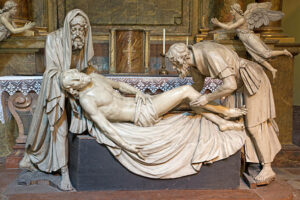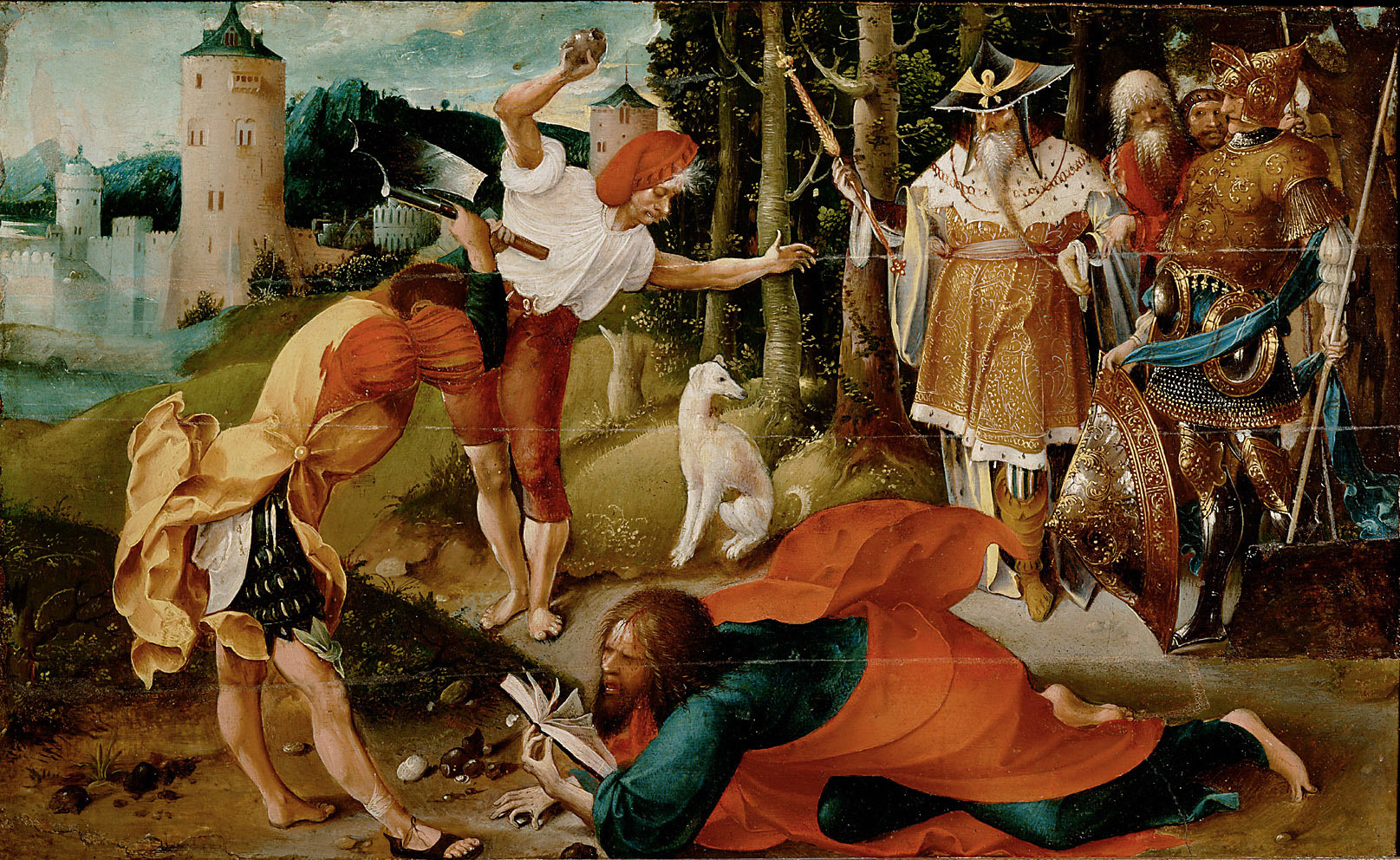Longtime Vridar readers may recall a post from 2013 in which I discussed an argument put forth by William Wrede regarding the priority of Mark’s gospel. Wrede noted that when Matthew took over Markan accounts, he sometimes condensed or rewrote his source, which led to oddities in the finished product. It turns out Volkmar and Wrede described this evidence of “inaptness” of the text well before Mark Goodacre discovered editorial fatigue.
Editorial Clues in the Burial Story

In a similar fashion, in a post back in 2018, we considered the possibility that a grammatical error in Mark 8:27-30 might indicate a redactional seam that may hold clues to the original (hypothetical) source material. Recently, I became interested in whether such inconcinnities might be found in the narrative layer of the Fourth Gospel. Specifically, I wondered if we might find hints in the empty tomb story of editorial fatigue, which could have been caused by the intrusion of the Nicodemus legend in the burial story.
Recall that Mark’s burial story neatly pre-answers several continuity questions posed by the women-at-the-tomb story.
- Q: Why did the women wait until Sunday morning?
A: Jesus died and was buried on the Day of Preparation (Mark 15:42). They rested and waited on the Sabbath. - Q: Why were they bringing spices to anoint Jesus’ body?
A: Joseph of Arimathea had quickly wrapped the body and buried it in a tomb. (Mark 15:46) - Q: Who’s this Joseph guy?
A: A member of the Sanhedrin who was seeking the Kingdom of God. (Mark 15:43) - Q: So Pilate just gave him the body? How did that happen?
A: He was really brave. He demanded it, and Pilate relented. (Mark 15:43-45) - Q: If the women didn’t participate in the burial, how did they know where to find the tomb?
A: They followed Joseph and watched from a distance. (Mark 15:47)
The Stone
Mark’s attention to detail in the empty tomb story extends to the stone that blocks the tomb. As an afterthought, the women wonder how they’re going to move “the” stone that’s blocking the entrance. What stone would that be? Continue reading “What Is the Purpose of the Nicodemus Stories in John? (Part 1)”

